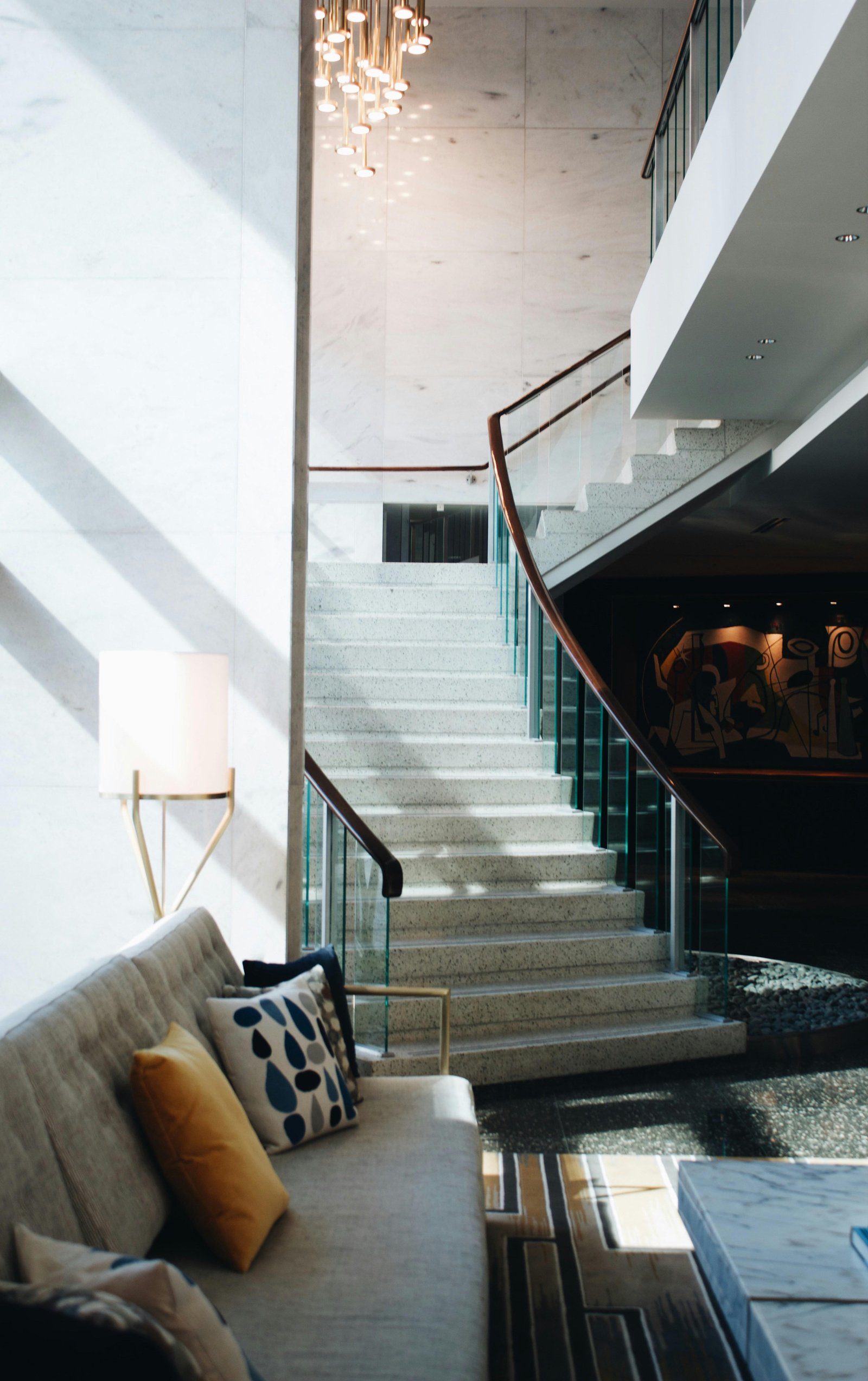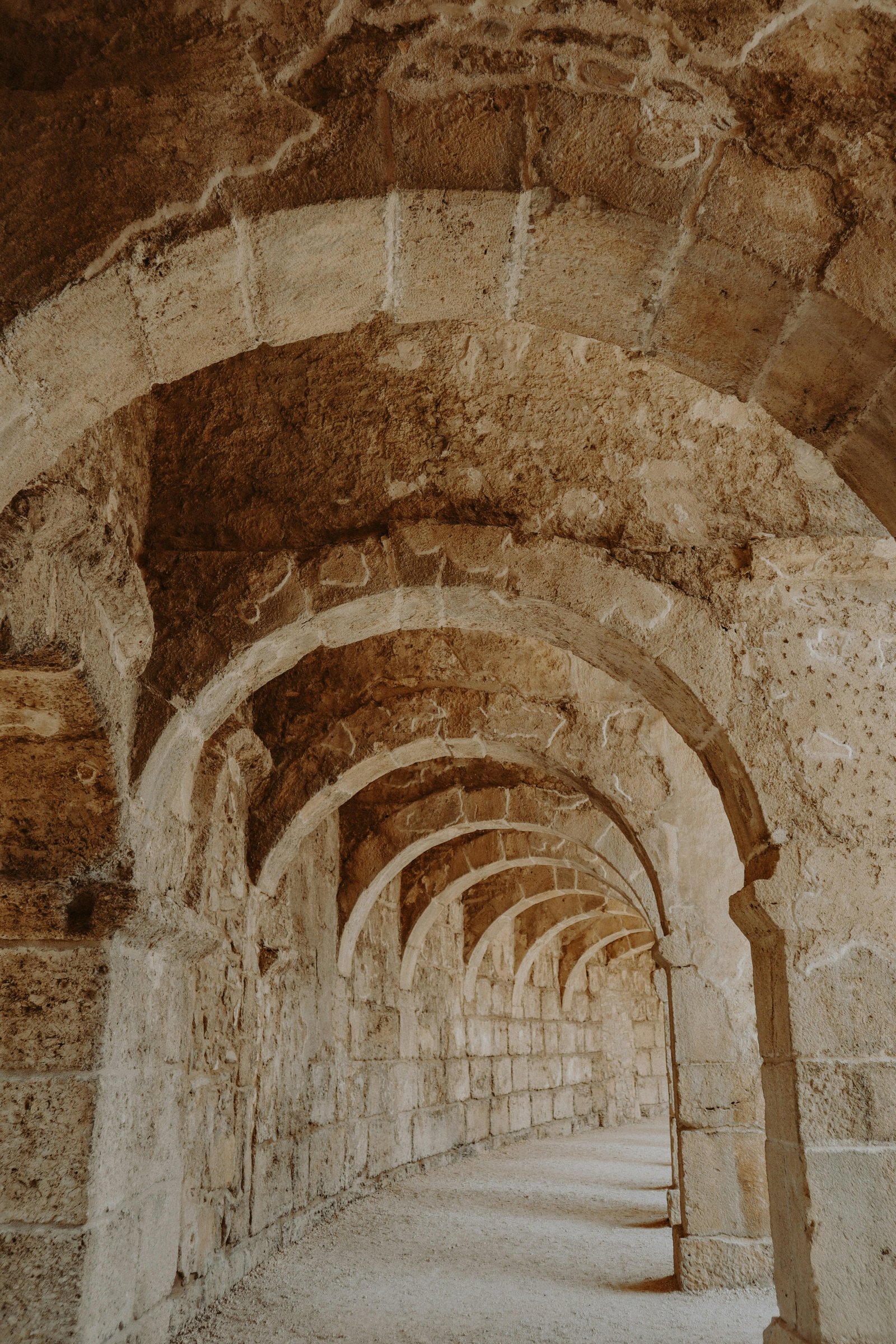Internationally’s skylines, outdated and new stand facet by facet. Towering glass buildings rise amongst weathered stone cathedrals and traditional brick facades. This visible dialog between historic structure and trendy design does greater than form our cities; it additionally shapes how we expertise time, tradition, and innovation. As we stroll previous arches constructed centuries in the past or stride by means of minimalist lobbies full of daylight, we’re reminded that our constructed setting is a residing historical past—mixing custom with daring new concepts. By evaluating historic structure with trendy design, we are able to recognize each our previous and our future, discovering inspiration within the areas the place outdated and new meet.
Desk of Contents
- Legacy in Stone Celebrating the Timeless Beauty of Historical Architecture
- Sleek Lines and Open Spaces Exploring the Promise of Modern Design
- Blending Eras Practical Approaches to Harmonizing Old and New
- Choosing Your Style Key Factors to Guide Your Architectural Decisions
- Q&A
- In Retrospect

Legacy in Stone Celebrating the Timeless Fantastic thing about Historic Structure
With each carved column and hand-laid brick, historic structure tells tales that transcend centuries. These grand buildings usually showcase beautiful particulars crafted by expert artisans, reworking buildings into artworks. Guests are drawn to their aesthetic attract and the sense of continuity they provide in a fast-changing world. Enduring supplies like stone, marble, and timber not solely guarantee longevity but in addition impart a singular, tactile magnificence that trendy edifices typically lack. Strolling by means of these areas, one experiences not simply shelter, however a tangible connection to the previous, enriched by wealthy textures and complicated facades.
The enduring attraction of historic buildings lies of their distinctive options, together with:
- Handcrafted particulars that reveal inventive mastery
- Monumental facades designed to encourage awe
- Architectural concord with pure landscapes
- Lasting building meant to climate centuries
| Key Component | Distinctive Enchantment |
|---|---|
| Arches & Vaults | Timeless construction & magnificence |
| Stone Masonry | Sturdiness & strong magnificence |
| Stained Glass | Artistry & storytelling |

Glossy Strains and Open Areas Exploring the Promise of Fashionable Design
Fashionable design invitations a breath of contemporary air into residing areas, making on a regular basis environments really feel bigger and extra snug. The main focus is on glossy strains and open layouts, which cut back litter and maximize pure mild. Giant home windows, impartial shade palettes, and minimalist furnishings type the inspiration of this model, encouraging a harmonious move between rooms. Such areas are crafted for performance and visible readability, which not solely look inviting however are simple to stay and work in.
- Minimal ornamentation for a peaceful, targeted house
- Versatile flooring plans that adapt to numerous wants
- Integration of expertise for smarter residing
| Characteristic | Profit |
|---|---|
| Slim profiles | Enhances room openness |
| Large glass panels | Brings in additional daylight |
| Easy supplies | Offers simple maintenance |

Mixing Eras Sensible Approaches to Harmonizing Outdated and New
When architects intention to merge the attraction of classic buildings with immediately’s cutting-edge aesthetics, sensible methods make all of the distinction. One important method is adaptive reuse, the place outdated buildings acquire new functions whereas holding their distinctive identification intact. This methodology preserves historic options, comparable to brickwork or decorative facades, whereas seamlessly weaving in trendy comforts like energy-efficient home windows and good lighting. One other priceless tactic is utilizing contrasting supplies; for instance, mixing glossy glass or metallic extensions with rustic stone partitions usually highlights each eras in a balanced show.
- Adaptive reuse retains authentic character however helps modern wants.
- Layered lighting accentuates architectural particulars with out overwhelming older parts.
- Open-plan layouts add flexibility whereas respecting structural limits.
| Method | Key Profit |
|---|---|
| Adaptive Reuse | Preserves heritage, saves assets |
| Materials Distinction | Showcases each eras distinctly |
| Vitality Retrofits | Boosts consolation & effectivity |

Selecting Your Model Key Elements to Information Your Architectural Selections
When exploring architectural potentialities, your private style, way of life wants, and long-term targets all play an essential position. Each element, from structure to supplies, impacts each day residing and the way your own home communicates its character. Think about how pure mild strikes by means of the house, the significance of out of doors connections, and the way in which every space helps your routine. For a useful and welcoming house, consider components like upkeep degree, adaptability, and power effectivity. All the time make sure the design feels genuine to your sense of fashion and enhances the pure environment of your location.
- Funds: Set up parameters early to form your choices and prioritize must-haves.
- Neighborhood Context: Observe close by buildings for inspiration and concord with native tradition.
- Materials Availability: Supply supplies which are accessible and appropriate on your local weather.
- Future Flexibility: Plan for adaptability to satisfy evolving household or enterprise wants.
- Sustainability: Deal with eco-friendly parts to cut back long-term prices and environmental impression.
| Key Issue | Affect |
|---|---|
| Mild | Enhances temper, reduces power use |
| House | Improves perform, helps way of life |
| Circulate | Encourages consolation and value |
Q&A
Actually! Right here’s a Q&A for an article on “Historic Structure vs. Fashionable Design,” crafted in a transparent, participating, and Search engine marketing-friendly method:
Q&A: Historic Structure vs. Fashionable Design
Q1: What are the principle variations between historic structure and trendy design?
A:
Historic structure refers to buildings constructed previously, usually following types like Gothic, Baroque, or Victorian. These buildings are identified for his or her ornate particulars, wealthy supplies, and cautious craftsmanship. In distinction, trendy design favors simplicity, clear strains, and open areas. Fashionable buildings usually use glass, metal, and concrete, specializing in perform and minimalism fairly than detailed ornament.
Q2: Why do folks recognize historic structure?
A:
Historic structure connects us to our previous. Many individuals admire the detailed work, distinctive character, and tales held inside outdated buildings. These buildings present us how folks lived and what they valued. Their magnificence usually evokes satisfaction in native tradition and historical past.
Q3: What are the advantages of recent design?
A:
Fashionable design presents flexibility, effectivity, and luxury. Houses and workplaces constructed immediately usually have open flooring plans, extra pure mild, and energy-saving options. Fashionable supplies can last more and are sometimes extra sustainable. This method values practicality whereas nonetheless permitting artistic expression.
This autumn: Can historic and trendy types work collectively?
A:
Completely. Many architects mix outdated and new parts, creating thrilling areas that commemorate each custom and innovation. For instance, you may see a traditional brick façade mixed with glossy, glass extensions. This combine can respect historical past whereas assembly immediately’s wants.
Q5: How does structure form our each day lives?
A:
Structure influences how we really feel and act. Historic buildings can create a way of marvel and stability, whereas trendy areas could encourage rest and creativity. The design of our houses, colleges, and workplaces shapes our routines, connections, and even our moods.
Q6: Which method is healthier: preserving the outdated or constructing the brand new?
A:
There is no such thing as a easy reply. Preserving historic structure helps preserve our heritage alive, however new design addresses present-day wants and sustainability. The very best cities usually embrace each, defending essential landmarks whereas welcoming revolutionary buildings.
Whether or not you’re keen on the attraction of the previous or the promise of the long run, each historic and trendy structure have a significant position in shaping our world.
In Retrospect
In the long run, historic structure and trendy design stand as two sides of the identical story—one rooted in custom, the opposite reaching for the long run. Every model brings its personal magnificence, function, and which means to our constructed world. By understanding their variations and appreciating their strengths, we make house for each the attraction of the previous and the promise of tomorrow. As cities develop and existence change, the dialog between outdated and new continues, shaping not simply our skylines, however our sense of house.





